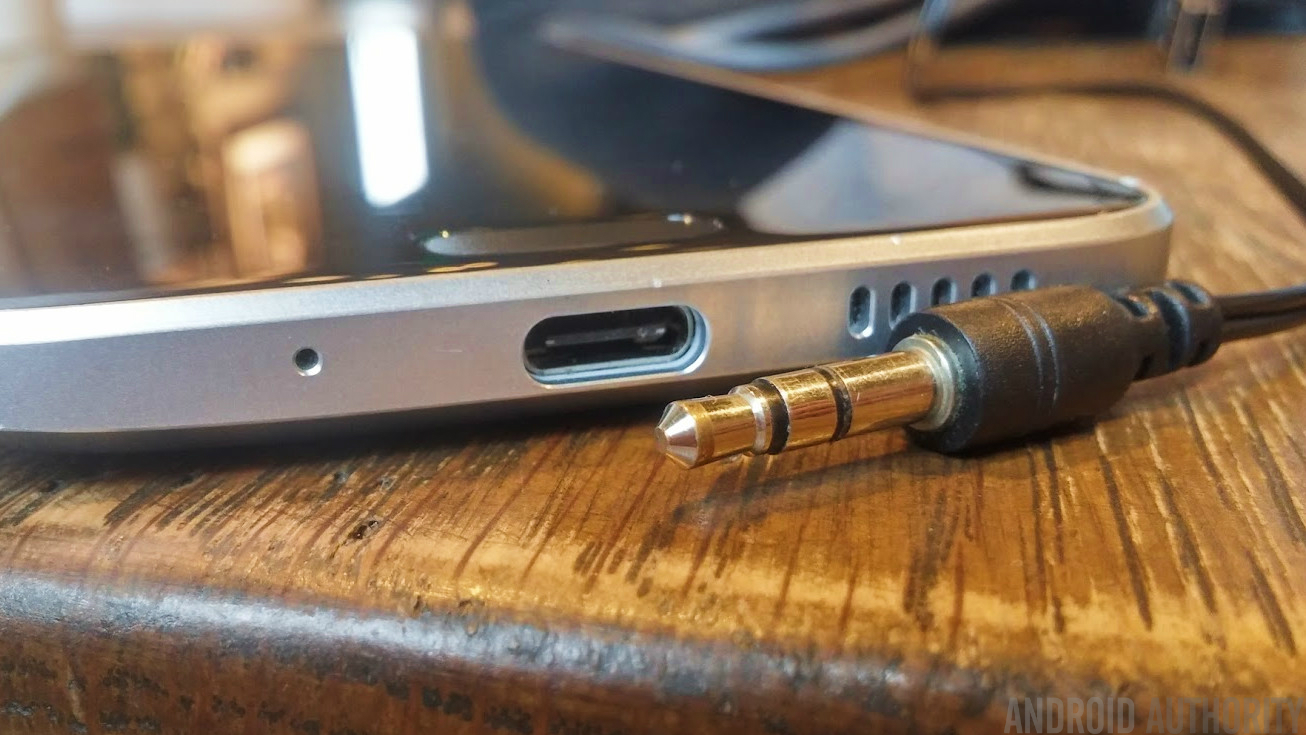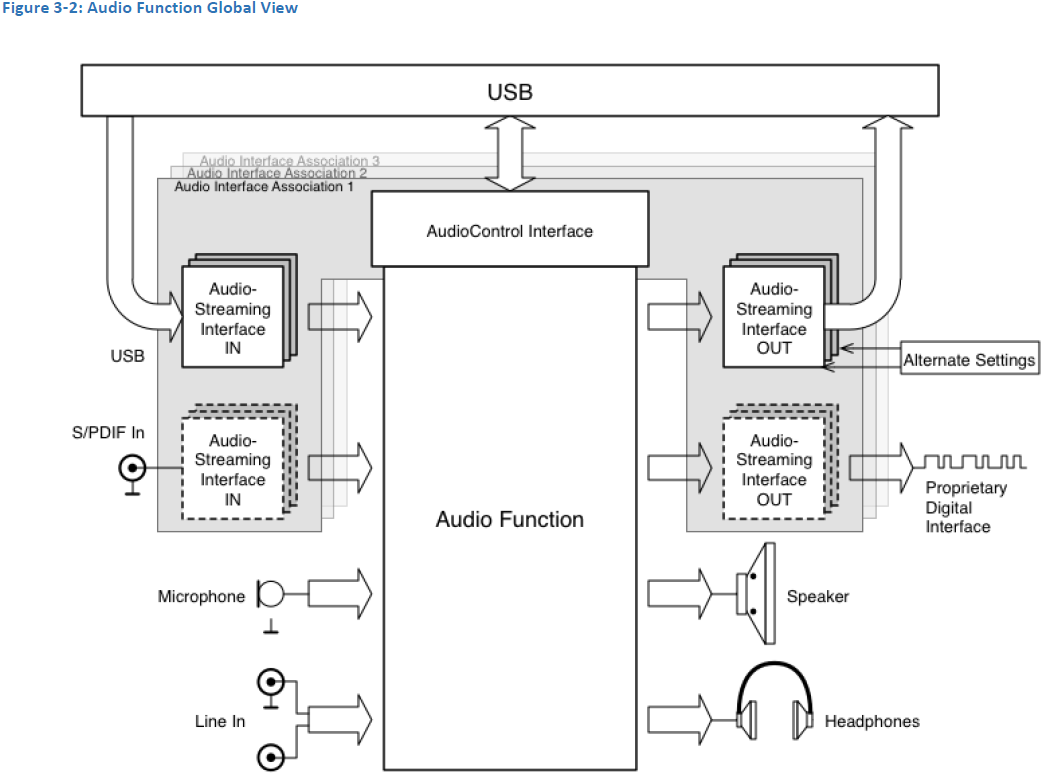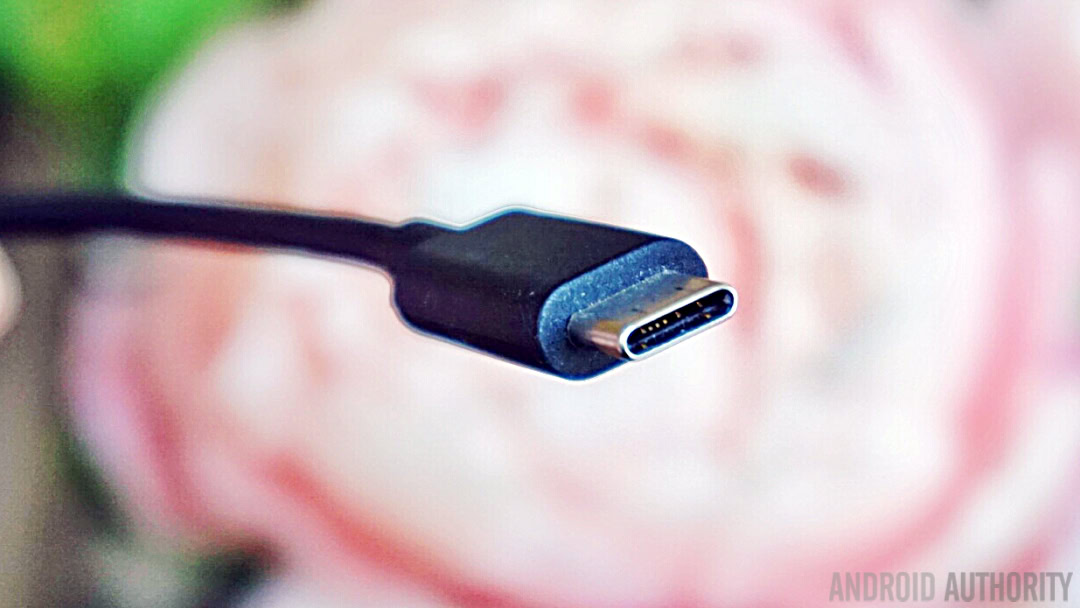Affiliate links on Android Authority may earn us a commission. Learn more.
USB publishes new Audio Class 3.0 spec for phones without a 3.5mm jack

The 3.5mm jack has already begun disappearing from many a new smartphone, and USB-IF, the group behind the connector standard, has now published its USB Audio Device Class 3.0 (ADC 3.0) specification, which offers up a more definitive set of guidelines for those looking to send audio over USB Type-C.
According to the group, this new specification is primarily about allowing manufacturers to remove the old 3.5mm jack socket, while also enabling slimmer devices, improved water resistance, and new digital audio features. The new 3.0 audio specification is also designed to improve power efficiency and key word detection for better voice recognition.

Importantly, the USB Audio Device Class 3.0 continues to support both analog and digital audio. The two secondary bus (SBU) pins are still allowed to be used for non-digital audio transfer, so device manufacturers can continue to provide Type-C to 3.5mm adaptors to support existing headphones. In fact, all spec compliant hosts will have to support these “headset adaptor devices” going forward, so current headphones will continue to work with USB only smartphones.
The specification also reveals a little about what we can expect from upcoming USB headphones and audio accessories. Apparently, these devices will feature multi-function processing units (MPUs), which will define the features available from the audio hardware. Usage examples include host synchronization, digital-to-analog conversion, noise cancellation, equalization, and built-in microphone controls. As an extension to these new MPUs, the new USB audio specification also outlines new Power Domain and power saving features. This allows devices to be put into various sleep modes to lower power consumption, and features new BADD profiles for more efficient discovery and management of connected devices.
Related: Best USB Microphones
As far as digital audio quality goes, USB ADC 3.0 compatible devices will support the latest USB Audio Type-III and Type -IV compression formats. They will also retain backwards compatibility with the ADC 1.0 and 2.0 specifications, which are currently used by a number of third party DACs.

The importance of a certified USB Type-C audio specification cannot be overstated. Both customers and accessory manufacturers can now be confident that upcoming headphones and other audio products will be compatible with all devices that conform to the same USB specification. However, this certainly doesn’t mean that consumers are going to rush to ditch the 3.5mm jack, if the launch reception for the new iPhone 7 and Moto Z range are anything to go by. Despite the unveiling of this unifying specification, we may see a growing split between manufacturers ditching and those sticking with the trusty 3.5mm socket.